Natural conditions have given the province's rice products many competitive advantages in the market, especially in the high-quality, clean, and organic product segments. Of the province's current rice production land of over 75,000 hectares, about 35,000 hectares are cultivated for two crops, over 37,000 hectares are produced under the rice-shrimp farming model, and the remaining 3,000 hectares are for seasonal rice cultivation.
In recent years, although yields have not been exceptionally high, averaging only 5 tons/ha, Ca Mau rice has received special attention from relevant agencies, businesses, and enterprises due to its high quality. This is especially true for rice produced using the rice-shrimp farming model. Between 2020 and 2024, the province had 730 hectares of organic rice-shrimp farming meeting Organic standards (USDA, EU, JAS) and other Vietnamese standards.
With models of safe rice production, organic rice, ecological rice, rice-shrimp farming, rice-fish farming, rice-vegetable farming, etc. (including 25,000 hectares of high-quality rice cultivation areas, 10,000 hectares of specialty fragrant rice cultivation areas, and 5,000 hectares of rice processing areas already developed by the province), the potential for developing high-quality rice production to meet current domestic and international standards is enormous. This forms the foundation for the province's rice industry to set a target for 2025: over 60% of the total 81,500 hectares of rice cultivation area will apply advanced farming processes; reduce fertilizer and pesticide use by 25% or more; and reduce greenhouse gas emissions by 10%. Accordingly, approximately 350,000 tons of paddy rice, equivalent to 200,000 tons of milled rice, will be consumed outside the province and exported. Of this, high-quality white rice accounts for 70%, equivalent to 140,000 tons; fragrant and specialty rice accounts for 25% (50,000 tons); and rice for processing accounts for 5% (10,000 tons). A pilot model for high-quality, low-emission rice production, linked to green growth, will be implemented on approximately 1,180 hectares.
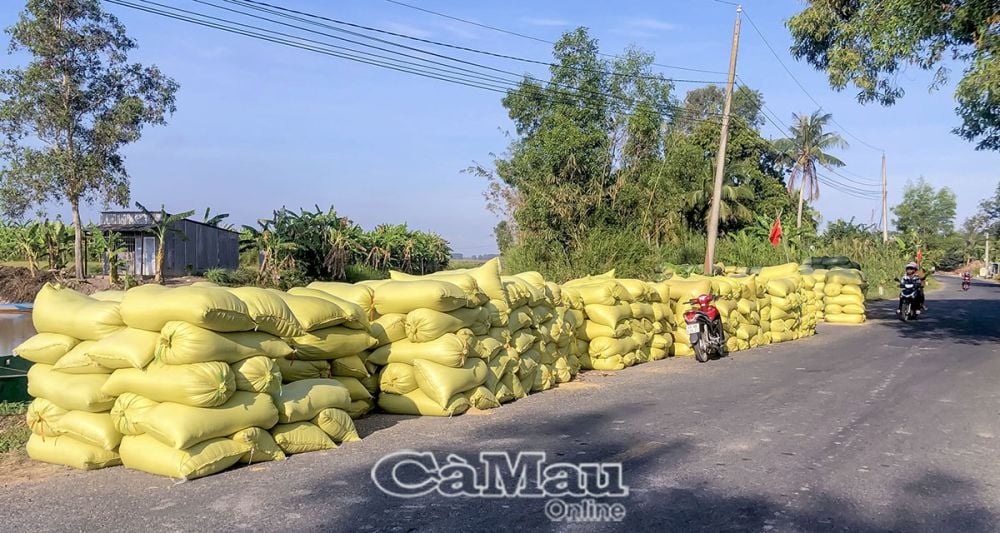
Currently, farmers cultivate high-quality rice varieties on approximately 60-65% of the cultivated area. (Photo taken on February 20, 2024).
Furthermore, the goal is to achieve a 15% coverage of the cultivated area through contracts linking production with consumption. Mr. Nguyen Tran Thuc, Head of the Crop Production and Plant Protection Sub-Department, stated that this objective is entirely achievable, as farmers currently cultivate high-quality rice varieties accounting for approximately 60-65% of the area, specialty rice varieties for 30%, and medium-quality rice varieties for 5-10%.
However, to develop the rice industry to achieve modernity, efficiency, and sustainability, much work remains to be done and many difficulties need to be overcome. Specifically, Mr. Thuc pointed out that the province's rice production is still dependent on and frequently damaged by natural disasters and weather. In the last 10 years, nearly 100,000 hectares of rice have been damaged by natural disasters. Furthermore, production is still small-scale and fragmented, making it very difficult to link production and product consumption.
Building a production and consumption chain for rice is considered a key solution to enhance product value, production efficiency, and improve farmers' incomes. However, in recent times, the effectiveness of these linkages has been low and frequently disrupted. According to Mr. Le Thanh Tung, Vice Chairman of the Vietnam Rice Industry Association, the current global consumer trend favors clean, safe, and environmentally friendly products. This trend opens up advantages and opportunities for the rice industry in Ca Mau province, with its distinctive products being organic and ecological rice. The challenge lies in how to establish linkages to move towards commodity-oriented production.
As the locality with the largest rice cultivation area in the province, people in Tran Van Thoi district have recently applied scientific and technological advancements to production to improve rice yield and quality. Mr. Ho Song Toan, Vice Chairman of the District People's Committee, said: "The district is coordinating with specialized agencies, institutes, and universities... to plan rice raw material areas towards high quality and low emissions. From there, we will continue to focus on building a high-quality rice brand, linked to geographical indications, traceability, and planting area codes..."
The Kinh Dớn Agricultural Service Cooperative, located in Kinh Dớn hamlet, Khánh Bình Tây Bắc commune, Trần Văn Thời district, is the unit whose production area has been selected to implement the project "Sustainable Development of 1 Million Hectares of High-Quality, Low-Emission Rice Cultivation Associated with Green Growth in the Mekong Delta by 2030". Mr. Nguyễn Vũ Trường, Director of the Cooperative, shared: "Not only the 60 hectares of rice included in the project, but also the remaining area of the cooperative's farmers has been following the model of high-quality, safe, and green-growth rice cultivation. However, the biggest difficulty that farmers are facing is product consumption."
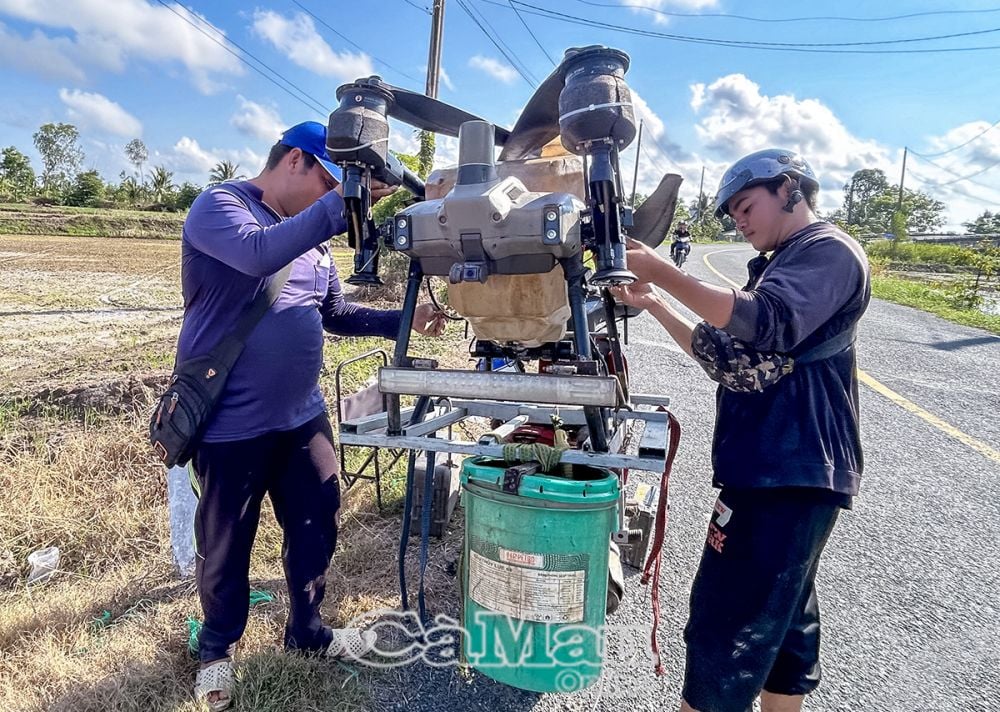
Currently, the province has 109 drones for spraying pesticides to support rice production for local people.
Thoi Binh district has the largest rice-shrimp farming area in the province, with many areas achieving Vietnamese organic certifications, USDA, EU, JAS, VietGAP, GlobalGAP, and ecological rice standards. However, farmers are facing difficulties in mechanizing harvesting. Mr. Nguyen Hoang Bao, Vice Chairman of the District People's Committee, said that in recent times, the district has coordinated with departments, agencies, and units providing machinery and equipment to mechanize rice harvesting in the district's rice-shrimp farming areas. However, some localities that were previously sugarcane raw material areas are still unable to mechanize rice harvesting. The district is continuing to seek solutions to mechanize these areas to improve production efficiency, rice quality, and reduce costs for farmers.
According to statistics, the province currently has approximately 880 tillage machines; 8 rice transplanters/sowers; 8,500 pesticide sprayers, 109 drones; 237 combine harvesters, and 5 straw balers.
Despite remaining challenges, Ca Mau's rice industry has enormous potential for development towards ecological and organic farming. Accordingly, in 2025, the province will pilot 1,180 hectares of high-quality, low-emission rice production linked to green growth. The goal is to establish a 23,000-hectare area of high-quality, low-emission rice production linked to green growth by 2030, gradually elevating the province's rice production sector to a new level.
Nguyen Phu
Source: https://baocamau.vn/lua-gao-tao-vi-the-tu-chat-luong-cao-a38905.html





















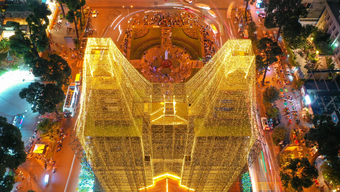
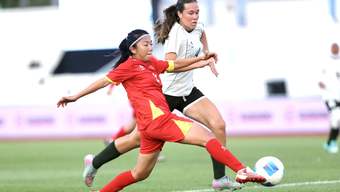



























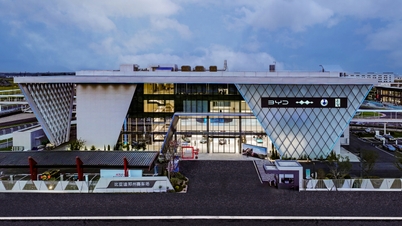






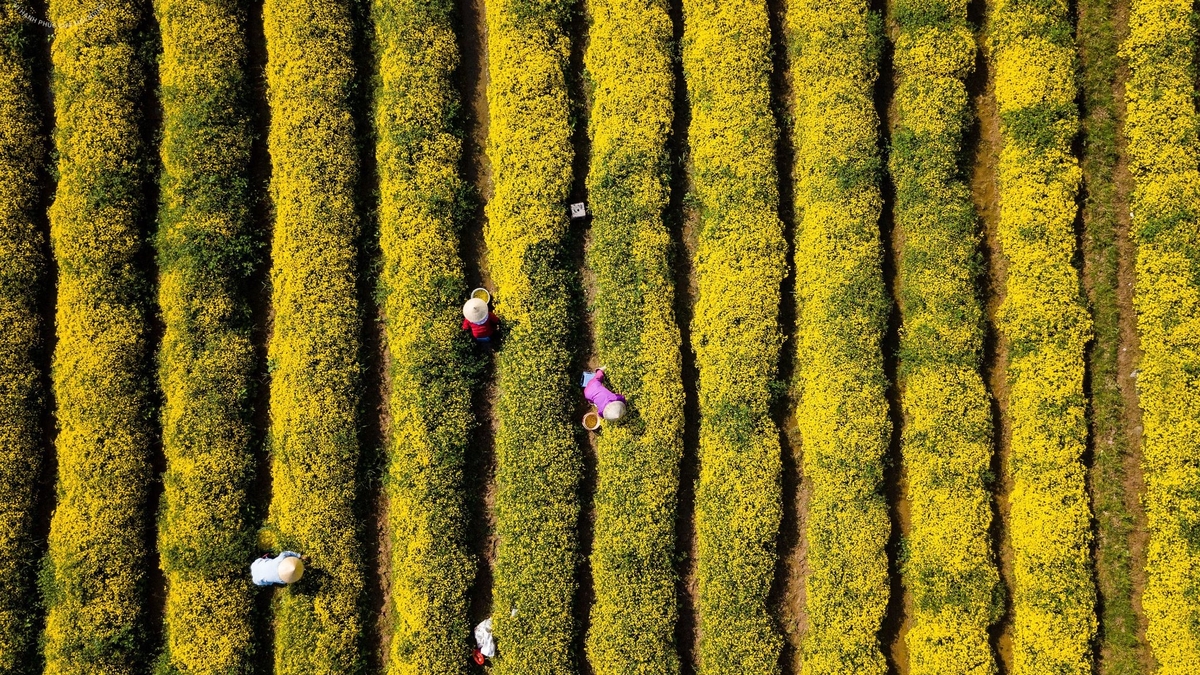



























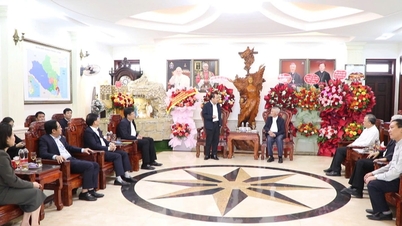











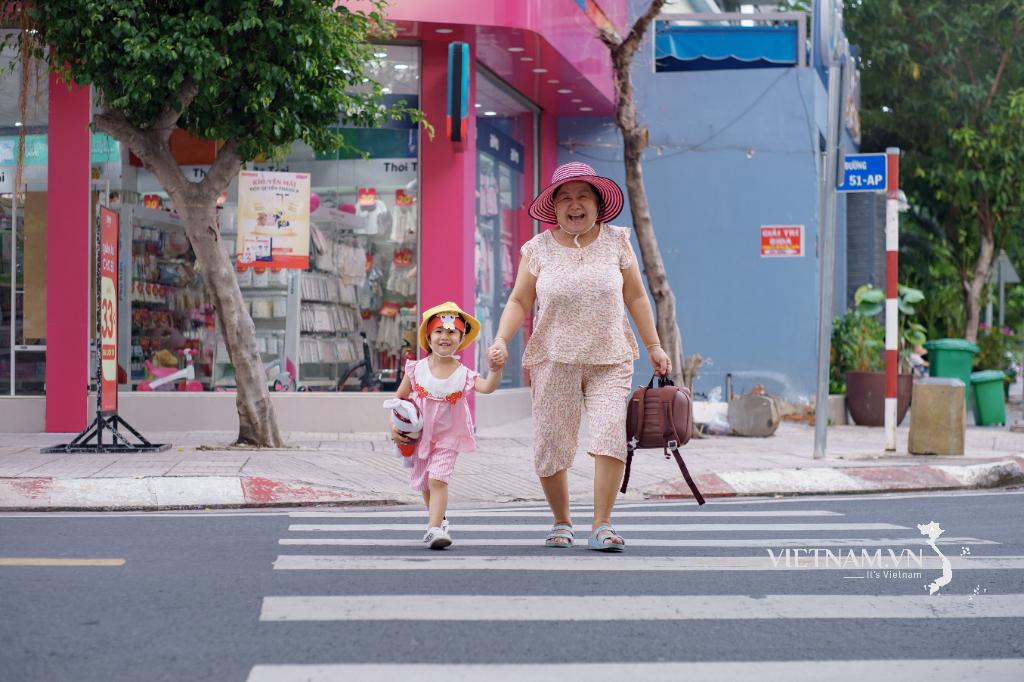


Comment (0)